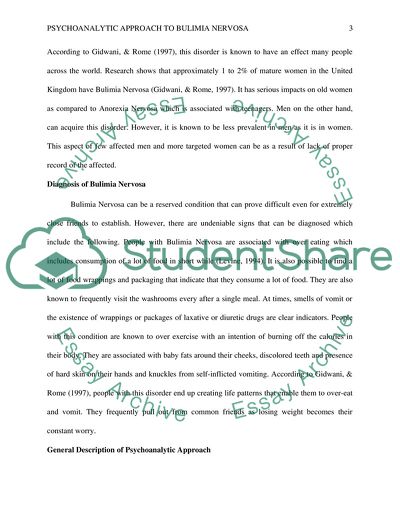Cite this document
(“Psychoanalytic approach to bulimia nervosa Research Paper”, n.d.)
Retrieved from https://studentshare.org/psychology/1630567-psychoanalytic-approach-to-bulimia-nervosa
Retrieved from https://studentshare.org/psychology/1630567-psychoanalytic-approach-to-bulimia-nervosa
(Psychoanalytic Approach to Bulimia Nervosa Research Paper)
https://studentshare.org/psychology/1630567-psychoanalytic-approach-to-bulimia-nervosa.
https://studentshare.org/psychology/1630567-psychoanalytic-approach-to-bulimia-nervosa.
“Psychoanalytic Approach to Bulimia Nervosa Research Paper”, n.d. https://studentshare.org/psychology/1630567-psychoanalytic-approach-to-bulimia-nervosa.


